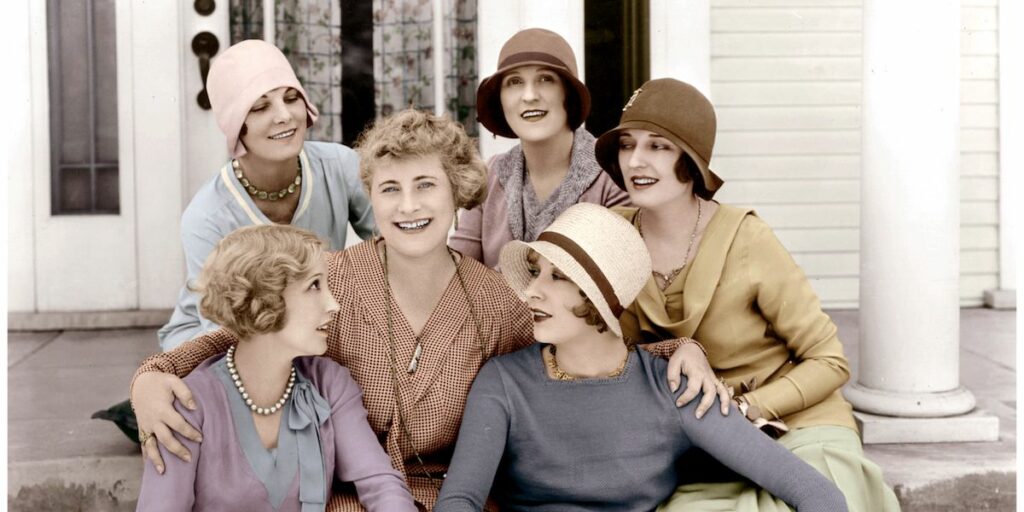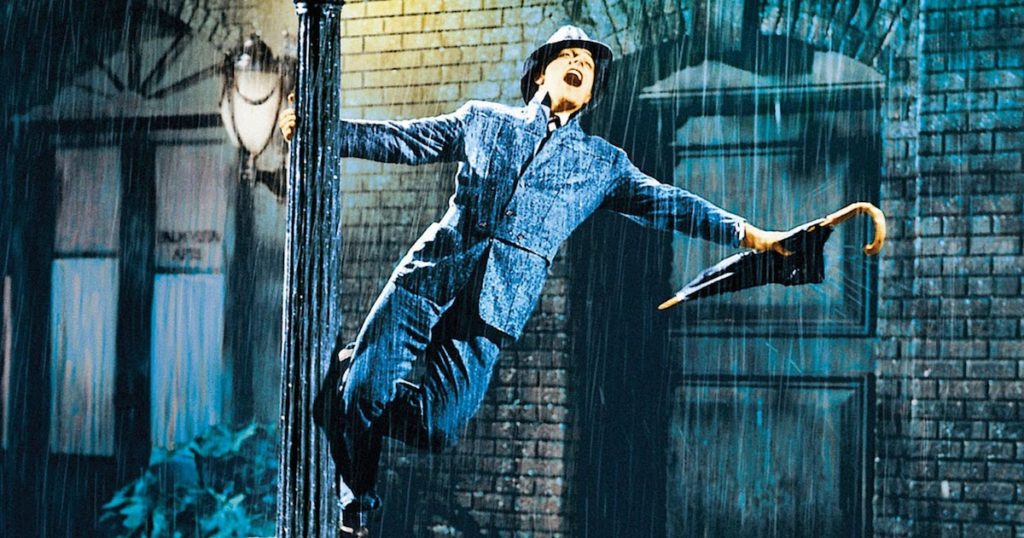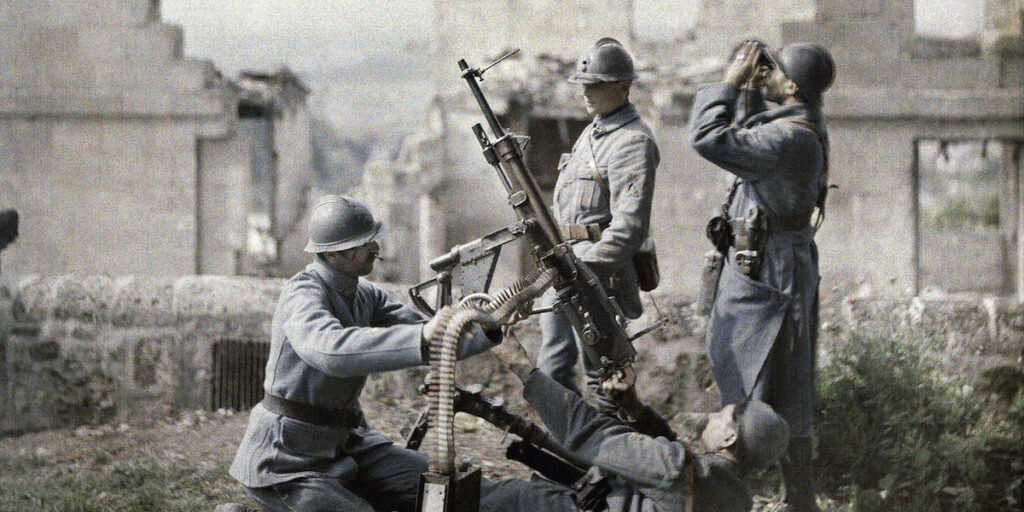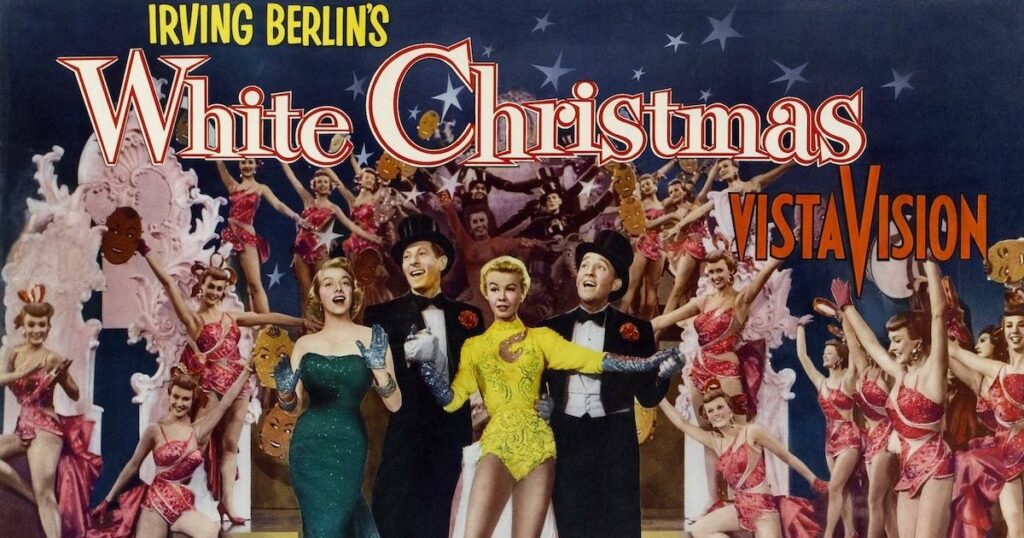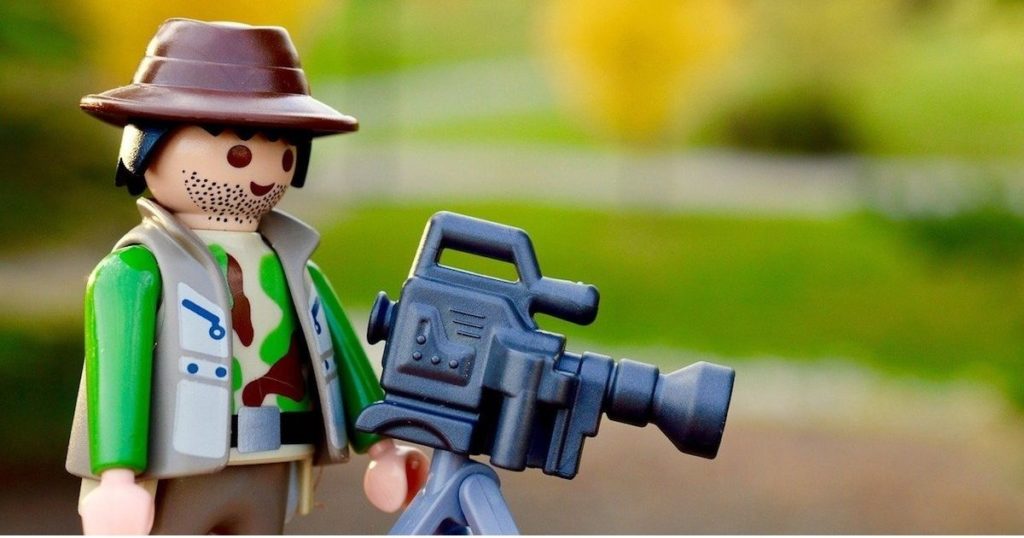
Simple Tips for Young Filmmakers
Simple Tips for Young Filmmakers
I’m not sure who first said it, but when it comes to movies, it’s absolutely true: “Show, don’t tell.” This simple tip for you filmmakers is often overlooked. Young filmmakers feel that they need to explain everything with lots of dialogue. Very few good films are based on lots of dialogue; but many great films are based on lots of visual action. As another old saying goes, “Movies should move.”
Simple Tips for Young Filmmakers: identify the object.
Ask, what you’re trying to accomplish with a shot? For instance, is your character worried that he’s getting sick? Is she interested in stealing a purse? Is he wanting a girl to like him? Filmmakers identify the objective for the shot.
Simple Tips for Young Filmmakers: show outward indicators.
Imagine all the actions that will reveal what the character wants to accomplish. In other words, what are the outward indicators of the inward psychological state? If someone is worried about sickness, he could say “I’m feeling sick” or he could take his temperature, take his pulse, feel his lymph nodes, look in a medical book for symptoms, etc. etc. Those little actions can be edited together and shown back to back, creating a simple montage of just a few seconds that reveals everything about a character.
Simple Tips for Young Filmmakers: Consider the emotional perspective.
This takes it to the final step, helping you consider how you put those actions on film and edit them together. If the girl who wants to steal the purse has a problem with kleptomania, and you are worried she’ll get caught, then you can build tension as she tries to maneuver around to steal it; or you can create a sense of sympathy showing her bondage to her disease. OR, if it’s comedic, then you can show her stealing purse, after purse, after purse in crazier and crazier ways.
Be creative and visual when you are telling your story.
This is one of the primary reasons I teach filmmaking fundamentals by studying only silent films and having young filmmakers make silent films in my Filmmaking from the First Directors class. It is a very important principle to learn.
If you think about it, almost all the great commercials today are based on silent film principles – filmmakers have implemented this simple tip – they show, don’t tell.
These principles apply to longer form story-telling, as well. This little film from Thailand is a powerfully redemptive story; and I’ll bet there’s not more than 5-6 lines of important dialogue in the entire 7 minutes. It is incredible what can be done in a short space of time just with images of action.
Always remember: show, don’t tell. Every time you are writing a script or figuring out how to shoot a scene, use these principles to help you create better, more visually engaging stories.
Do your kids want to learn Filmmaking?
Filmmaking from the First Directors teaches the basics of filmmaking and early film history. It takes students through a unique journey starting in the late 19th century when film was invented, then guides them through the steps first directors took in creating the modern language of film.


